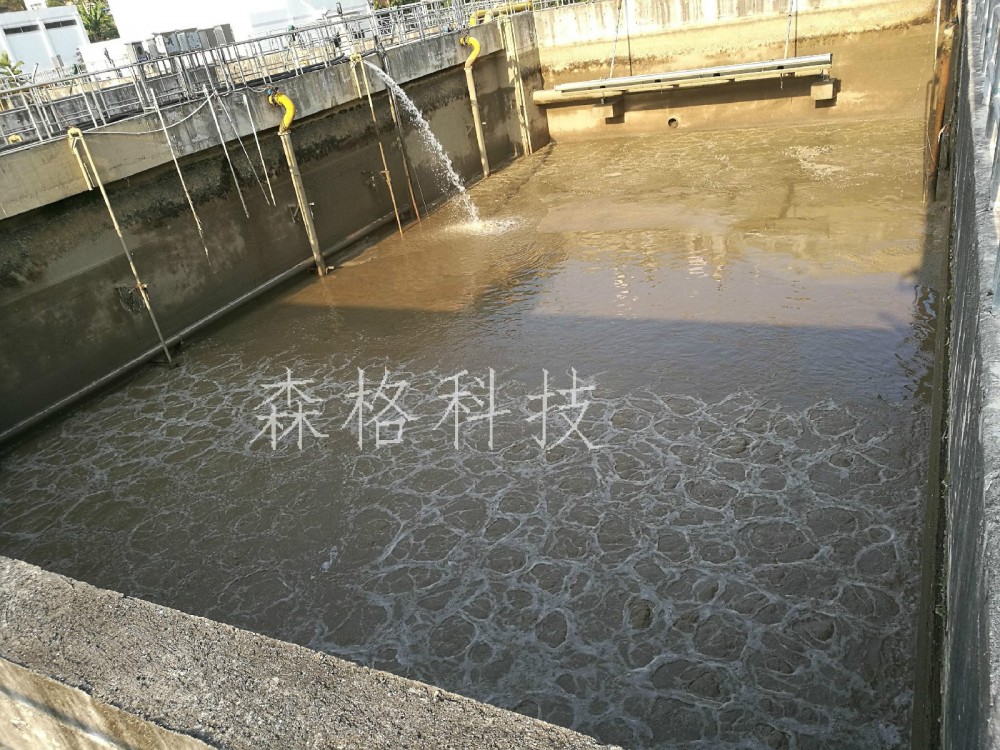Third level treatment of sewage
Water treatment technology: Generally speaking, sewage treatment includes the following three levels of treatment: the first level of treatment is through mechanical treatment, such as grid, sedimentation or air flotation, to remove stones, sand, fats, oils, etc. contained in sewage. Secondary treatment is biological treatment, in which pollutants in wastewater are degraded and transformed into sludge under the action of microorganisms. Third level treatment is the advanced treatment of wastewater, which includes the removal of nutrients and disinfection of wastewater through chlorination, ultraviolet radiation, or ozone technology. Depending on the treatment objectives and water quality, some sewage treatment processes may not include all of the above processes.
Mechanical processing section
The mechanical (primary) treatment section includes structures such as grids, sedimentation tanks, and initial sedimentation tanks, with the aim of removing coarse particles and suspended solids. The principle of treatment is to achieve solid-liquid separation through physical methods, separating pollutants from wastewater. This is a commonly used sewage treatment method. Mechanical (primary) treatment is a common practice in all processes (although sometimes some processes omit initial sedimentation tanks), and the typical removal rates for BOD5 and SS in primary sewage treatment are 25% and 50%, respectively. In biological phosphorus and nitrogen removal wastewater treatment plants, aeration sedimentation tanks are generally not recommended to avoid rapid degradation of organic matter removal; In the case where the water quality characteristics of the original sewage are not conducive to phosphorus and nitrogen removal, the setting of initial sedimentation and the setting method need to be carefully analyzed and considered according to the subsequent processes of water quality special injection, in order to ensure and improve the inlet water quality of subsequent processes such as phosphorus and nitrogen removal.

Biological wastewater treatment
Biochemical treatment of sewage belongs to secondary treatment, with the main purpose of removing non settling suspended solids and soluble biodegradable organic matter. Its process composition is diverse, and it can be divided into various treatment methods such as activated sludge method, AB method, A/O method, A2/O method, SBR method, oxidation ditch method, stable pond method, and land treatment method. Recently, most sewage treatment plants have adopted the activated sludge method. The principle of biological treatment is to complete the decomposition of organic matter and the synthesis of organisms through biological processes, especially the action of microorganisms, transforming organic pollutants into harmless gas products (CO2), liquid products (water), and solid products rich in organic matter (microbial communities or biological sludge); Excess biological sludge is separated by solid-liquid separation and removed from purified wastewater.
Third level processing:
Third level treatment is a deep treatment of water, and there are not many sewage treatment plants in China that have been put into practical application. It will treat the water that has undergone secondary treatment for denitrification and dephosphorization, remove residual pollutants from the water using activated carbon adsorption or reverse osmosis methods, and disinfect and kill bacteria and viruses with ozone or chlorine. Then, the treated water will be sent to the sewage system as a water source for flushing toilets, spraying streets, irrigating green belts, industrial water, fire prevention, and other purposes.
From this, it can be seen that the function of the sludge is only to purify the sewage through biodegradation and solid-liquid separation, while enriching pollutants into the sludge, including the initial sedimentation sludge generated in the primary treatment section, the remaining activated sludge generated in the secondary treatment section, and the chemical sludge generated in the tertiary treatment section. Due to the high content of organic matter and pathogens in these sludge, as well as their susceptibility to spoilage and odor, it is easy to cause secondary pollution. The task of eliminating pollution has not yet been completed. Sludge must be properly disposed of through certain reduction, reduction, stabilization, and harmless treatment wells. The success or failure of sludge treatment and disposal has a significant impact on sewage treatment plants and should be taken seriously. If the sludge is not treated, it will have to be discharged along with the treated effluent, and the purification effect of the sewage treatment plant will be offset. So in practical applications, sludge treatment during sewage treatment is also crucial.
(Disclaimer: The article is sourced from the internet and does not represent the views or positions of our website. The copyright belongs to the original author and source. If there is any infringement or objection, please contact us for correction or deletion.)
(声明:文章来源于网络,不代表本站观点及立场,版权归原作者及原出处所有,若有侵权或异议请联系更正或删除。)
Previous article:没有了
Next article:没有了

